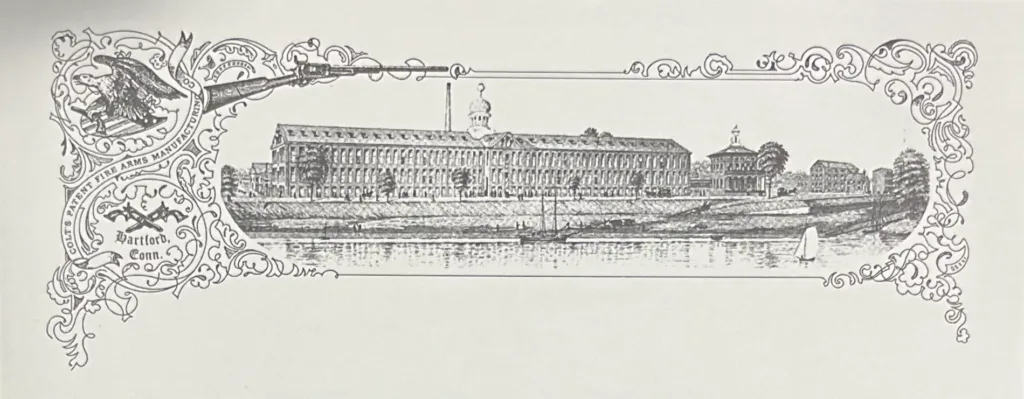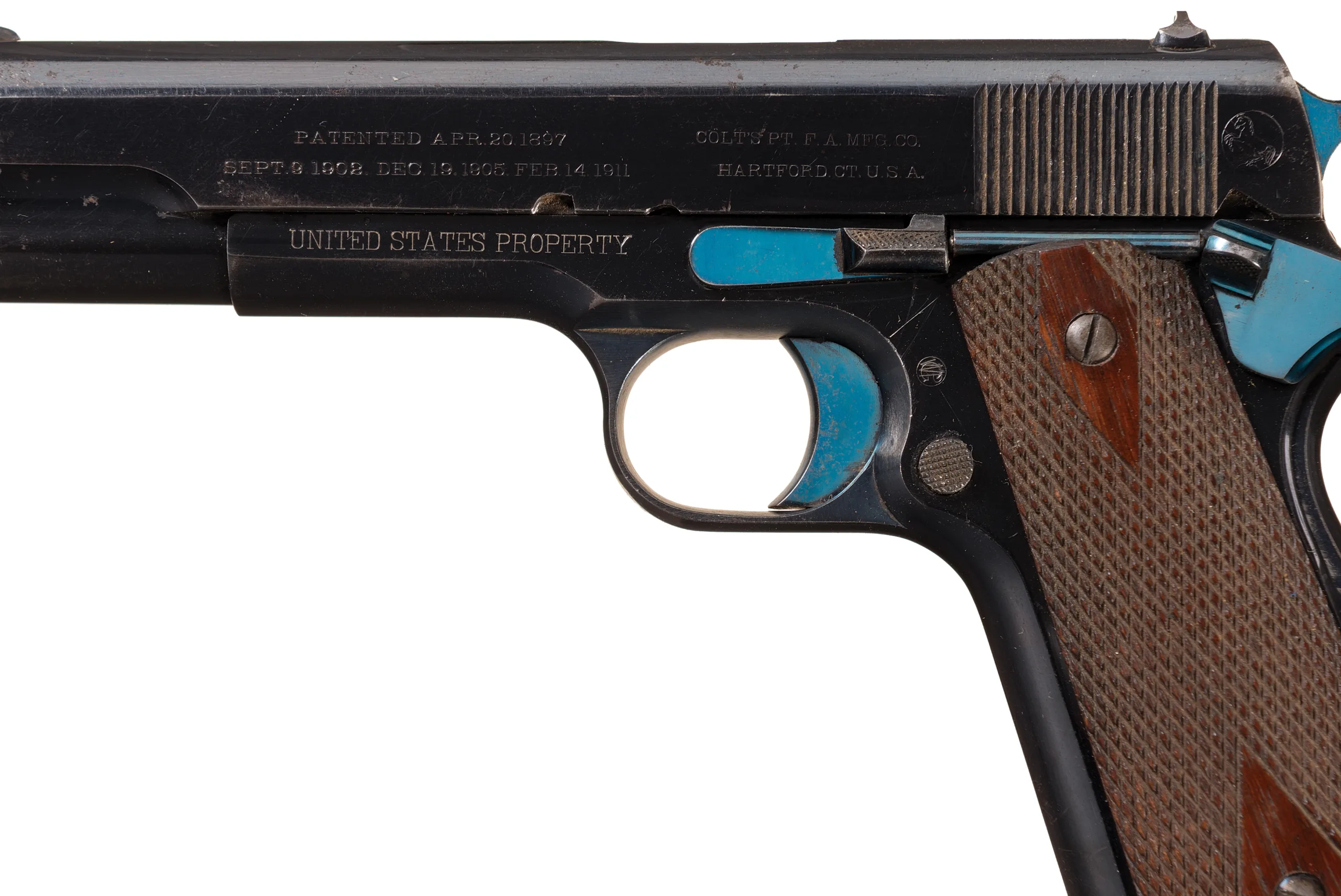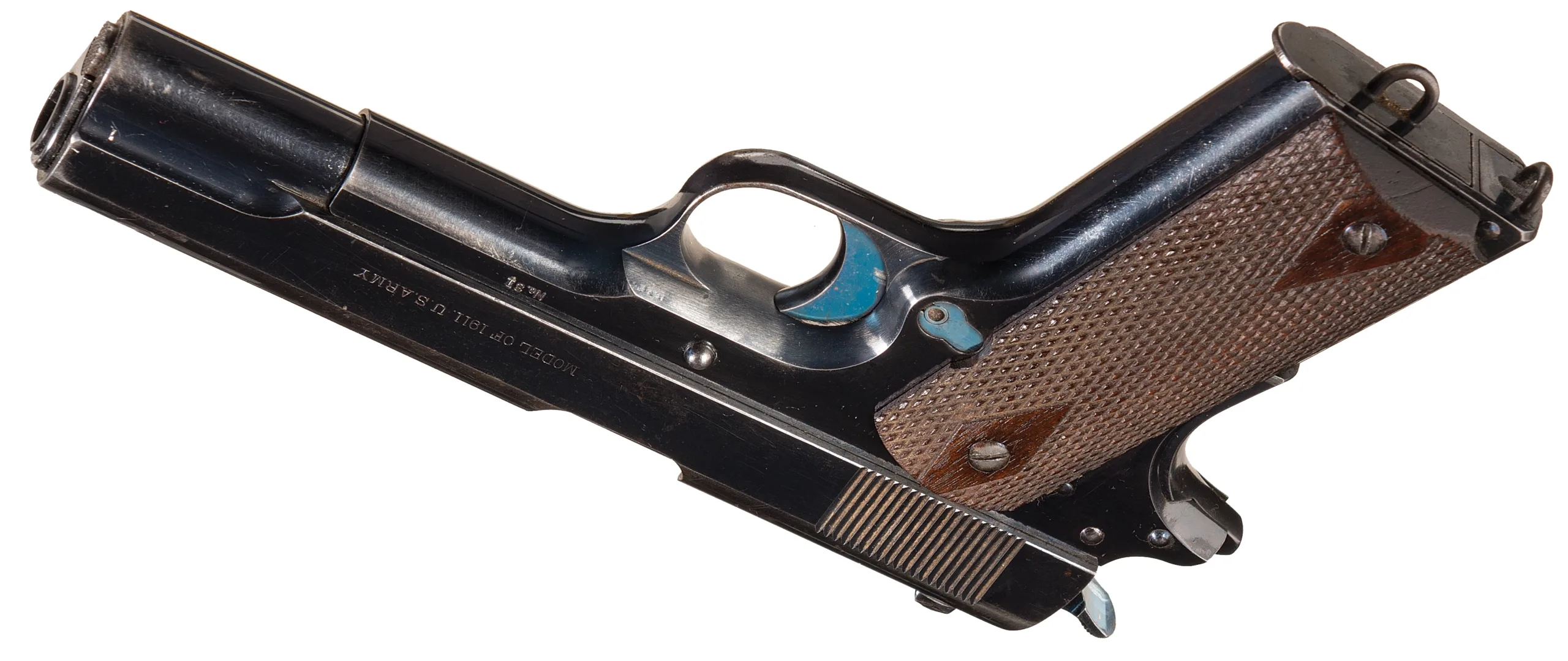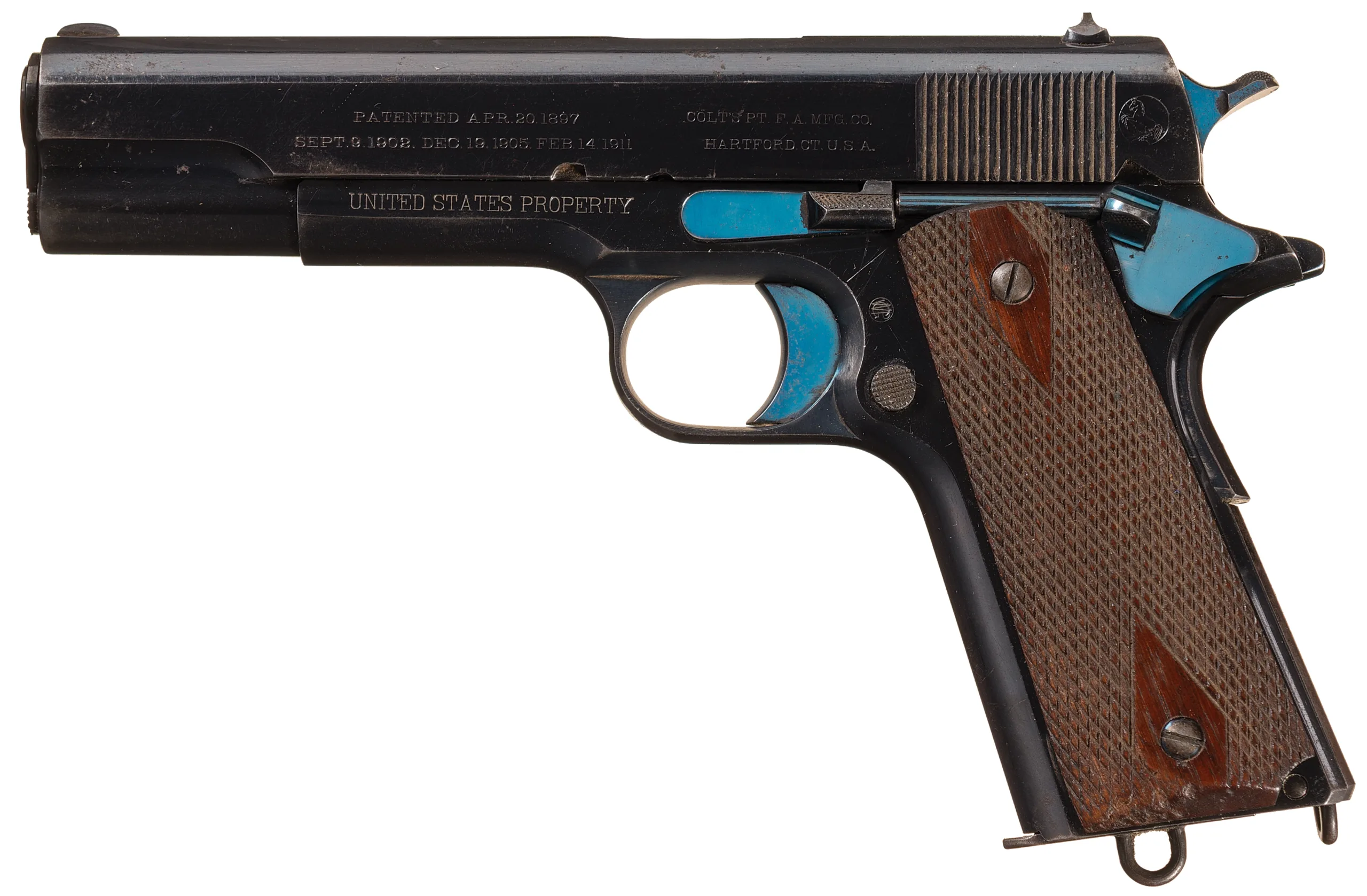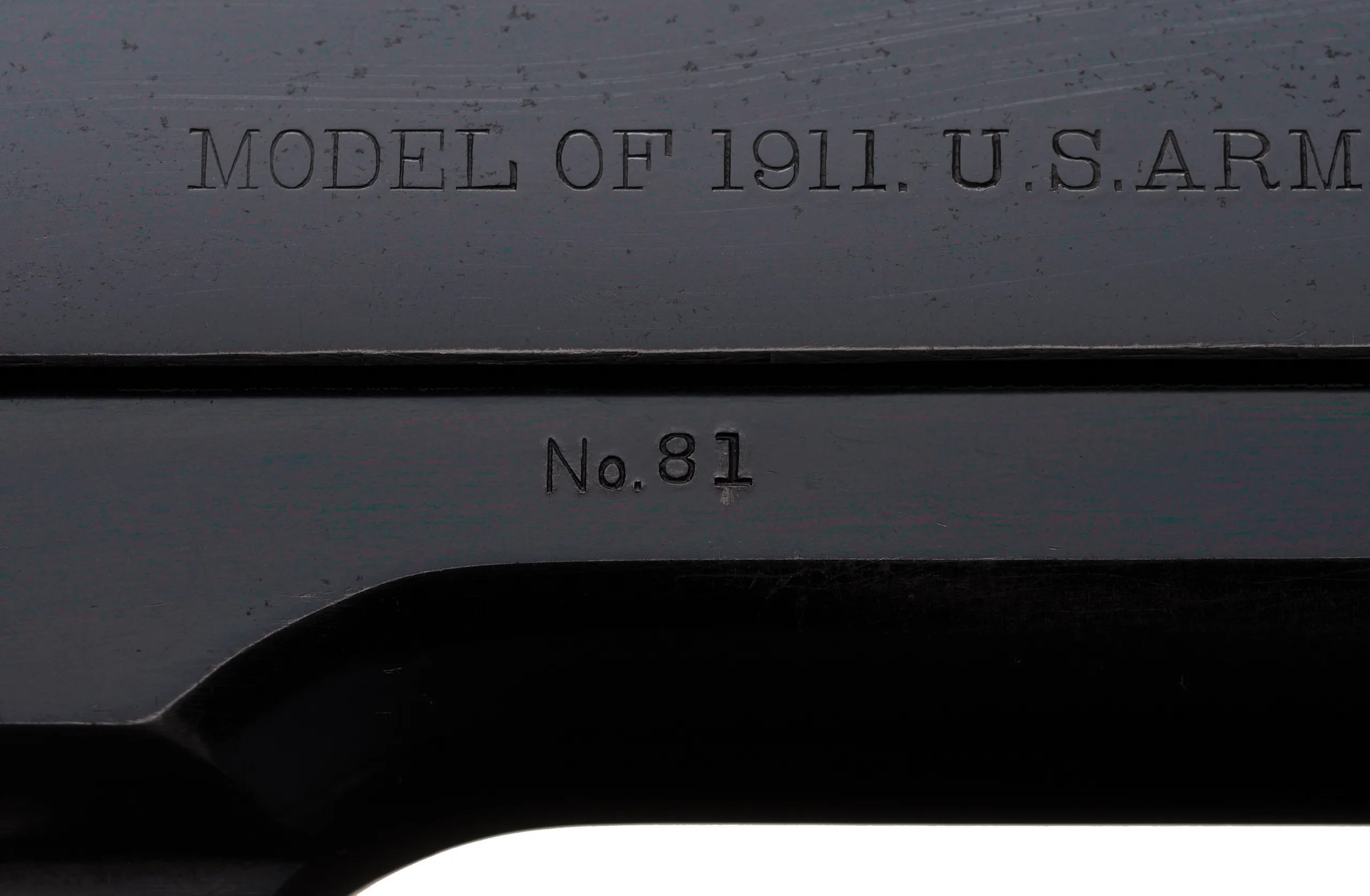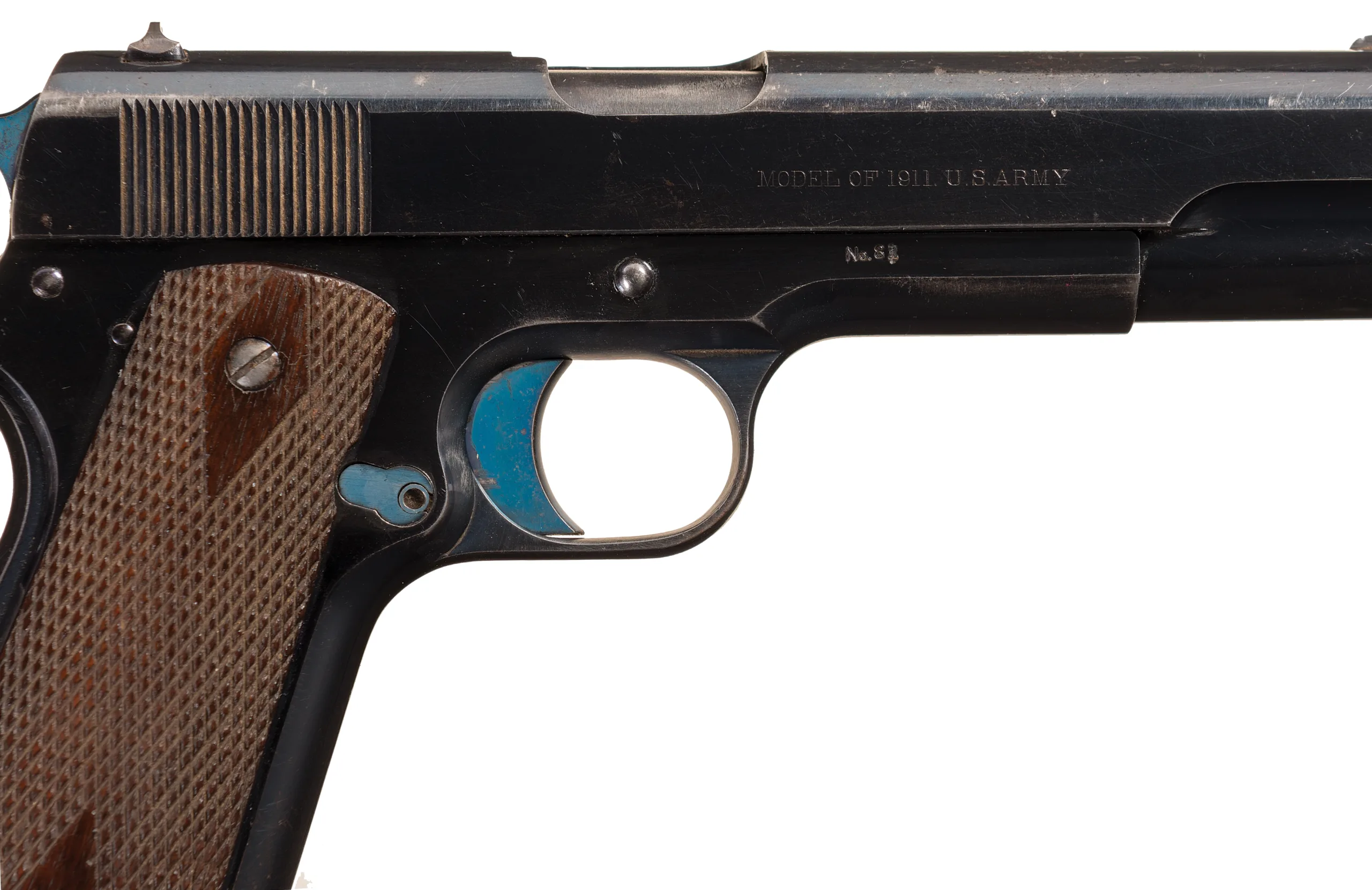The Colt Model 1911, also known as the M1911, is one of the most iconic and influential handguns in history. Designed by the legendary John Moses Browning, the M1911 served as the standard-issue sidearm of the United States Armed Forces for over 70 years, and its impact on firearm design and military history is unmatched.
???? Historical Background
At the turn of the 20th century, the U.S. military was re-evaluating its small arms doctrine, particularly its sidearms. The .38-caliber revolvers then in service, like the Colt M1892, had proven inadequate during the Philippine-American War, particularly in stopping Moro fighters who charged despite being hit multiple times.
This led to a demand for a more powerful pistol — specifically in .45 caliber — and a move toward semi-automatic technology.
???? Enter: John Moses Browning
John Browning had already revolutionized firearms with his lever-action and semi-automatic designs. In the early 1900s, he partnered with Colt’s Patent Fire Arms Manufacturing Company to develop a new series of semi-automatic pistols.
From these early efforts came:
- Colt Model 1900 (.38 ACP)
- Model 1902
- Model 1905 (.45 ACP)
- Model 1907, 1909 & 1910 Prototypes
Each iteration incorporated improvements.
✅ Adoption and Naming
On March 29, 1911, the U.S. Army officially adopted the pistol as:
“Pistol, Automatic, Caliber .45, Model of 1911”
On July 18, 1911 the U.S Navy formally adopted the Model 1911.
???? Design Features
The M1911 was revolutionary in both form and function.
???? Key Specs:
- Caliber: .45 ACP (Automatic Colt Pistol)
- Action: Short recoil, locked breech, semi-automatic
- Magazine: 7-round, single-stack
- Sights: Fixed blade front, notched rear
- Barrel Length: 5 inches
- Overall Length: 8.5 inches
- Weight (unloaded): 2.44 lbs (1.1 kg)
???? Key Features:
- Grip Safety: Prevents firing unless the pistol is held firmly
- Thumb Safety: Manual external safety
- Slide Stop: Locks slide open after last round
- Hammer-fired: Single-action trigger
- Tilting Barrel Lock-up: Improves reliability under recoil
- Robust Construction: Designed for combat durability
???? World War I Service (1914–1918)
The Colt 1911 saw widespread use during WWI, with tens of thousands produced by Colt and other contractors, including Remington-UMC, and Springfield Armory.
Despite the muddy trenches and harsh conditions, the M1911 earned a reputation for:
- Outstanding reliability
- Superb stopping power
- Ease of maintenance
????️ The 1924 Modification – M1911A1
After WWI, the military made a few ergonomic improvements to the design, resulting in the M1911A1.
???? Key Differences:
- Shortened trigger
- Arched mainspring housing
- Longer grip safety spur (to prevent “hammer bite”)
- Improved sights
- Checkered controls for better handling
The M1911A1 retained the same fundamental mechanical design.
???? World War II Service (1939–1945)
During WWII, the M1911A1 was mass-produced at an unprecedented scale — over 2 million units by:
- Colt
- Remington Rand
- Ithaca
- Union Switch & Signal
- Singer Sewing Machine Company (extremely rare)
It was the primary sidearm of the U.S. military and was carried by soldiers, officers, tank crews, pilots, and Marines.
???? Korea, Vietnam, and Beyond
The M1911A1 continued to serve through:
- Korean War (1950–1953)
- Vietnam War (1955–1975)
- Cold War conflicts
It remained the standard U.S. military sidearm until it was officially replaced by the Beretta M9 (92FS) in 1985.
However, many elite units — including Delta Force, Marine Force Recon, and Navy SEALs — continued to use the M1911 well into the 21st century, due to its superior stopping power and accuracy.
???? Legacy in Civilian and Law Enforcement Use
Post-war, the 1911 became one of the most beloved pistols in:
- Competitive shooting (IPSC, USPSA, IDPA)
- Self-defense
- Law enforcement
- Collector circles
Its design has been endlessly cloned, modified, and refined by companies such as:
- Colt
- Kimber
- Springfield Armory
- Wilson Combat
- Dan Wesson
- Nighthawk Custom
- Rock Island Armory
????️ Cultural and Historical Significance
- Featured in countless films, games, and novels
- Considered a symbol of American military heritage
- Continues to influence modern pistol design
- Still used by U.S. Marine Corps Force Recon as of the 2010s with the M45A1 CQBP, a modernized 1911
???? Production Numbers
- WWI Total: ~600,000
- WWII Total: ~2 million+
- Total production across all types (1911 + A1 + commercial): Estimated 4–5 million+
✅ Summary
The Colt M1911 is not just a gun — it’s a legend. It’s a benchmark in design, durability, and combat effectiveness. Few military firearms have had such a long and storied service life, and even fewer continue to be as relevant today.
Why it matters:
- Served in every major American conflict of the 20th century
- Set the standard for semi-automatic pistols
- Continues to influence firearm design over a century later



